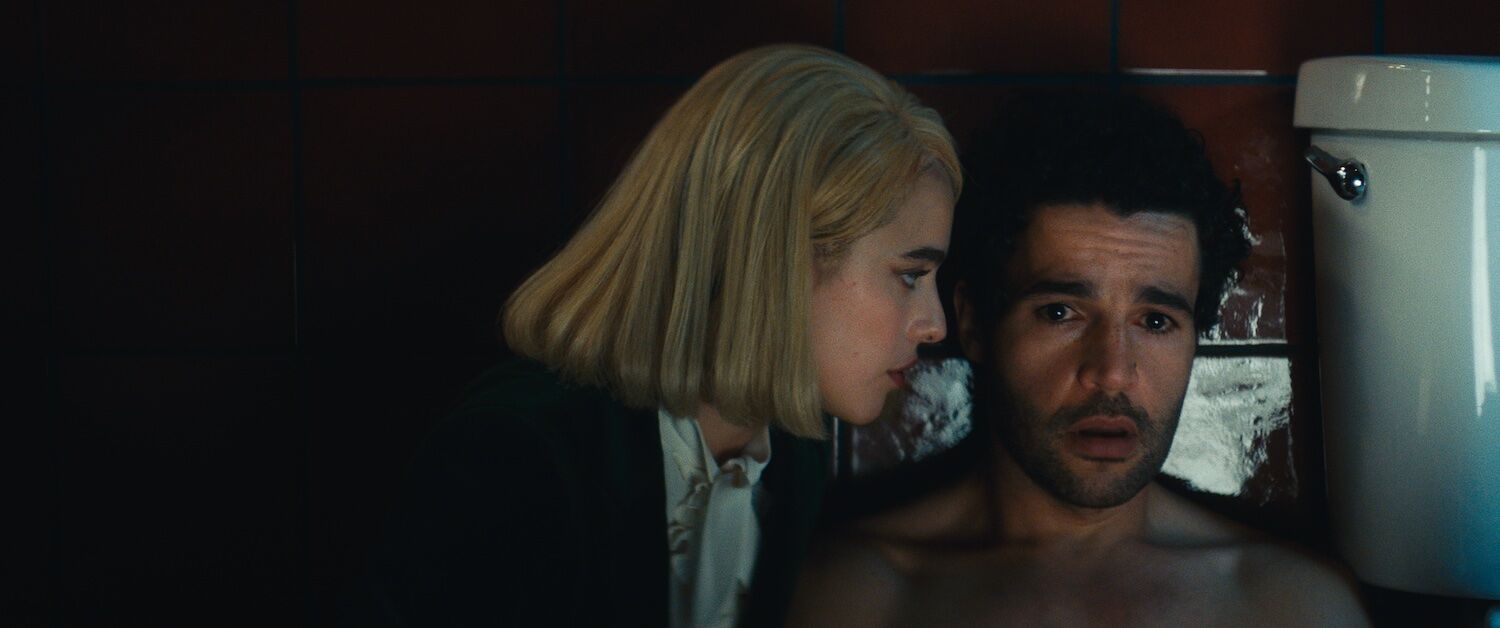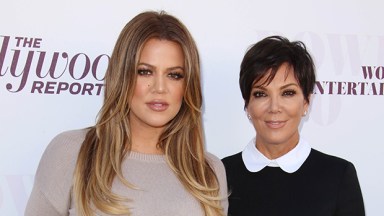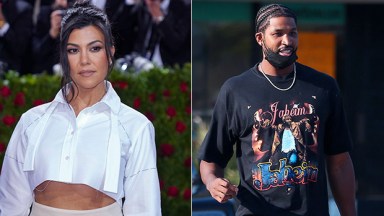Rebecca, portrayed by the talented Margaret Qualley, is a true master of her profession. Her skills are exceptional, making her highly sought after by Hal, a wealthy heir to a hotel empire. Hal frequently compensates Rebecca handsomely for her services, which involve assuming various scripted roles while wearing a blonde wig. These scenarios cater to Hal’s particular fetish: humiliation. As a long-term dominatrix, Rebecca satisfies her clients’ needs through mental and emotional stimulation rather than physical contact. Through her astute delivery and carefully crafted choices, she possesses the remarkable ability to elicit Hal’s satisfaction.
Zachary Wigon’s second feature film, “Sanctuary,” written by Micah Bloomberg, explores the intricate dynamics between Rebecca and Hal as their transactional relationship begins to unravel during a high-stakes power struggle. If you find yourself drawing parallels to Nicolas Pesce’s 2019 film “Piercing,” where Mia Wasikowska engages in a psychosexual battle with an actor in a lavish setting, you’re on the right track.
In this case, the gamine young starlet is Qualley, whose cascade of brunette curls bears a resemblance to her mother, Andie MacDowell. However, Qualley possesses an edgier and more enigmatic quality than her mother, not only evident in her choice of darker roles but also in her captivating portrayal in this psychologically charged, one-setting confrontation. As Rebecca, she presents herself as an intriguing puzzle to Hal, who spends their entire interaction attempting to decipher her desires.
Although their sexual encounters conclude prematurely, their rendezvous over dinner transforms into a negotiation. Hal, on the cusp of assuming his father’s role as the head of the hotel corporation, extends a generous retirement gift and a heartfelt expression of gratitude for Rebecca’s services. He recognizes the need to move forward but cherishes the memories and personal growth that their shared experiences have facilitated.
However, Rebecca believes she deserves more than a mere timepiece, given the time and effort she invested in breaking Hal down and building him up again. Shouldn’t her contribution be worth more than a $30,000 watch? Perhaps half? Or even the entirety? Much to Hal’s dismay, she begins to shift the goalposts, pushing for greater compensation.
The enigmatic nature of “Sanctuary” lies in the fact that we, like Hal, are left guessing whether Rebecca is in or out of character. There are layers upon layers of manipulation or, perhaps, meticulous preparation on her part. As bewildered spectators, we struggle to keep pace with her as her demands grow increasingly outlandish. Or are they?
Director Zachary Wigon maintains a controlled sense of style in this two-person showcase. Despite the suite’s lavish decor, characterized by richly colored wallpapers, draperies, and furnishings, the setting never feels suffocating. Wigon thoughtfully adapts the cinematic aesthetic to mirror the shifting moods and dynamics between the characters, beautifully captured by cinematographer Ludovica Isidori.
During their scripted role-plays, static shots frame the duo in profile. However, when Hal’s control starts slipping, the camera rapidly oscillates between them as they vie for dominance. As the situation grows darker and more intense, the camera angle lowers and tilts, capturing the essence of the scene. In a moment of surprising intimacy, Qualley breaks the fourth wall, gazing into the lens as if peering into a lover’s eyes, seducing the audience.
Ariel Marx’s score adds a classical yet peculiar and inquisitive quality, complementing the palpable sense of deliberate construction that lingers throughout. Qualley’s performance exhibits a certain artificial and theatrical flair, occasionally bordering on cutesy, as she enthusiastically embraces each nuanced emotion and mood swing.
‘Sanctuary’
Rating: R, for sexual content and language
Running time: 1 hour, 36 minutes
Playing: Starts May 19, Alamo Drafthouse Cinema, downtown Los Angeles; AMC the Grove 14, Los Angeles; AMC Burbank 16








